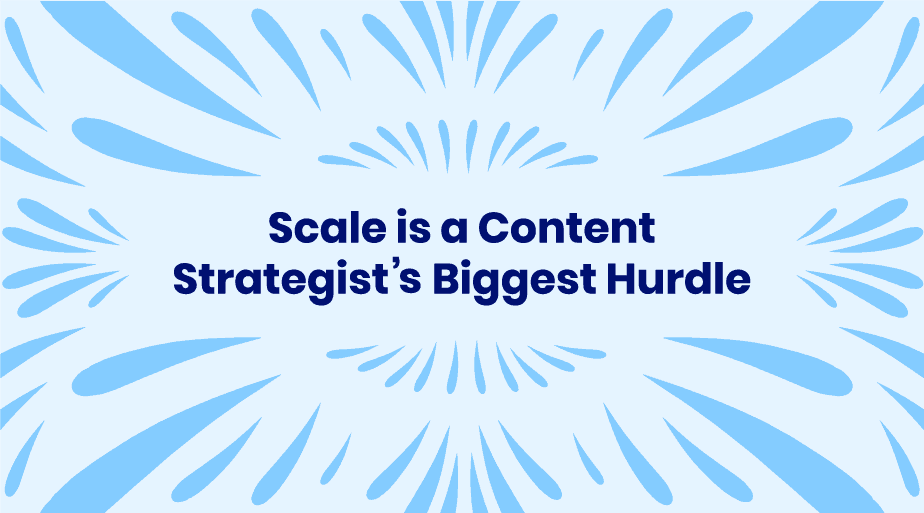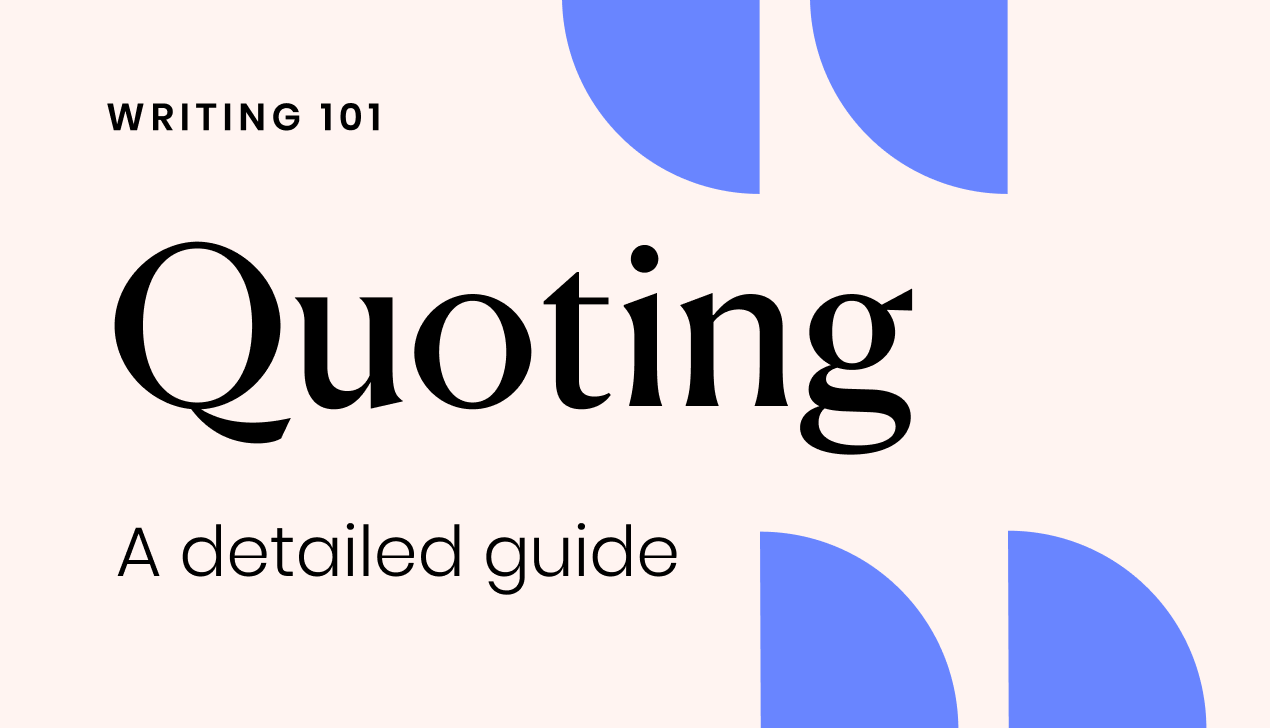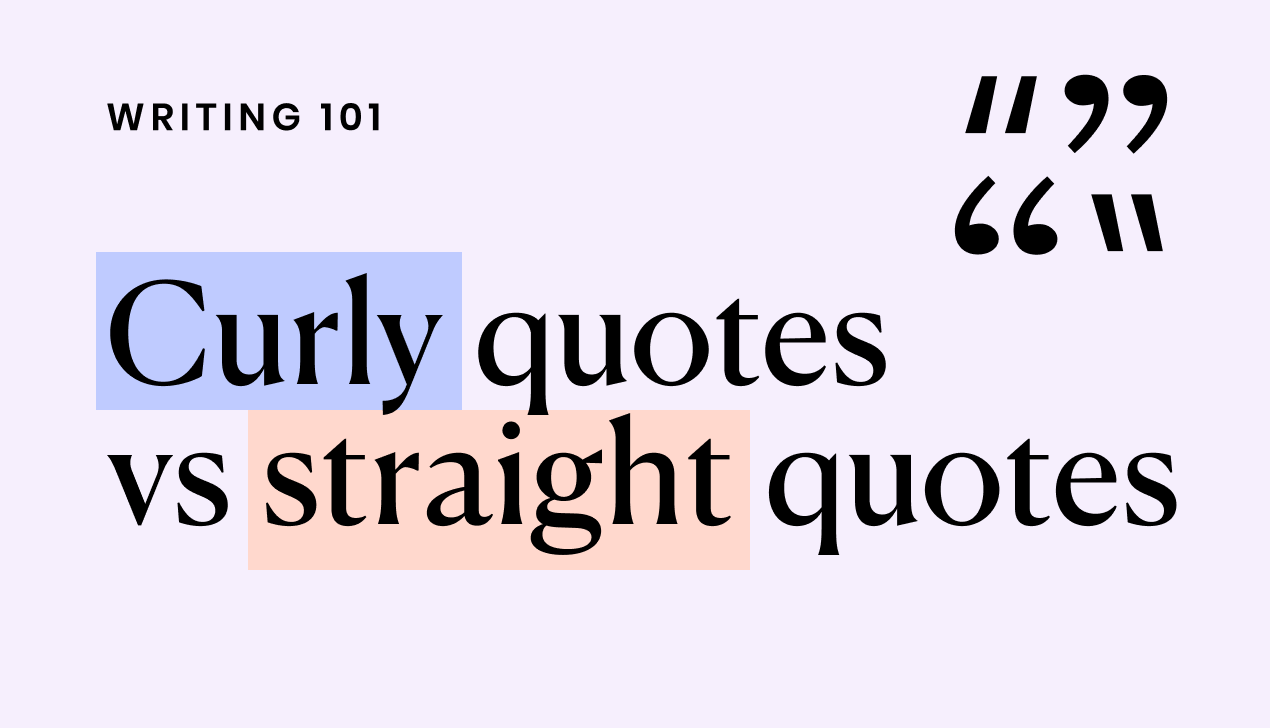Words at work
– 4 min read
Scale is a content strategist’s biggest hurdle

More organizations are realizing the benefits of maintaining a singular, cohesive voice across all their content. At Writer, we sell to and talk to lots of different folks in organizations undertaking this work. Marketers, designers, CEOs… but cross-functional content strategists are the best positioned to make meaningful contributions to content quality and user experiences.
In the last year, we’ve published two survey reports that share insight into the challenges and trends we’re seeing in content strategy:
- The Style Guides Benchmark Report, which looks at how organizations use content style guides.
- The State of Content Strategy Report, which looks at demographics, challenges, priorities, favorite resources, and popular success metrics.
What has really become clear to us is that content strategy is still a world of haves and have-nots — especially when it comes to the ability to scale.
Content strategy is still a world of haves and have-nots.Click To TweetThe content strategy revolution is underway
For both the haves and the have-nots, content strategists are trying to figure out how to scale their work.
In the “haves”, content strategists are like ministers without portfolios. They’ve been given a large and broad mandate, which is great, but now they need to decide how to empower and evangelize. Without the right support, that is tough.
In the “have-nots”, content strategists lack the clearly defined scope of work (the mandate), the budget, and the executive buy-in that would help them be efficient and effective.
But it definitely feels like we’re on the cusp of a sweeping change, as though content strategy is undergoing the same revolution design had 10 years ago. I find it useful to compare content and design because designers have really found their power. Now they’re great at finding their way to the decision-making table, advocating for their work, specializing to manage scope creep, and scaling small teams. They’ve become part-and-parcel of the business world.
Content strategy needs to find their paths to scalability. For consistent design production, a design system is key. Content teams at most organizations don’t have that analogous tool yet.
What does scale mean for content strategy?
1. Scale means a whole company writing with one voice.
This already happens in visual design. A creative lead sets a direction, a core group of designers create a design system, and then dozens of designers can really crank out components that feel like a coherent whole. It’s not perfect, but it’s a feasible way to get work done.
Content needs a content system. Even better, it should be integrated with the the design system to give everyone a single source of guidance for creating brand assets.
2. Scale means content strategists get brought into processes early.
Designers are brought in at the first meeting to provide their insight and drive decisions.
Content strategists are being told to “just do your magic” in the final stretch, with no insight into the earlier stages of the process. It’s not the right way to create great content. It’s a fail for content strategists and the content-consumers.
3. Scale means systems and tech to support their workflows.
Designers have tools to allow them to create beautiful and powerful content, wireframe their ideas, and collaborate with colleagues on a design in real-time.
We need a whole suite of tools to to enable that for content people. We need next-generation content tools.
4. Scale means mitigating scope creep.
Companies create so much branded content that has nothing to do with many content strategists’ day-to-day job — sales emails, support interactions, proposals, slide decks, and more.
In a role that’s already stretched thin and lacking in sufficient resources, asking content strategists to review more of this content is unsupportable. And, frankly, undesirable. Designers have succeeded by specializing to avoid megalithic, unmanageable roles. We have brand designers and UX designers and core components designers and design system designers — and that’s just in the product world. Marketing has their own set of designers, too.
Scaling through AI
We need to find ways to help content strategists to say YES to systems and NO to scope creep. There must be a way to achieve consistency that doesn’t require someone to review every single word.
In my next post, I’m talking about how I’ve seen teams evangelize and scale a consistent voice.






